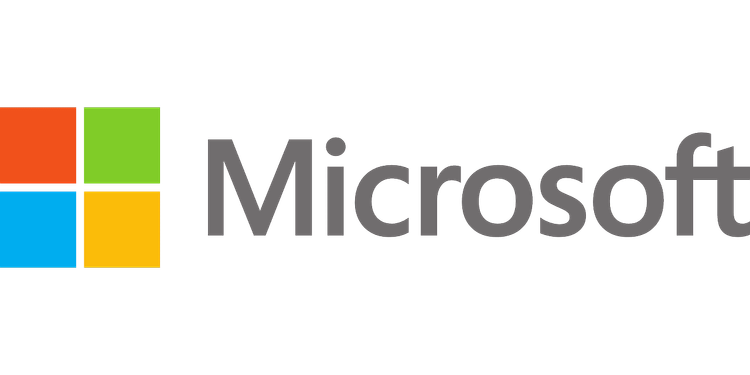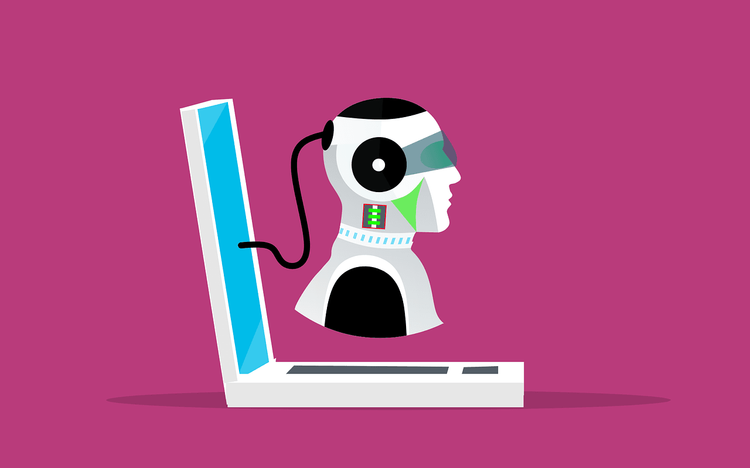At Digital Trends, we've recently examined an orange piece of AI hardware, and the results weren't promising. It was labeled “the worst gadget I’ve ever reviewed.” The Rabbit R1 suffered similar fate, while the Humane AI Pin received poor feedback from experts, leading the company to grapple with more returns than new sales.
As the initial wave of AI gadgets subsided, a fresh surge of devices emerged, touting innovative AI companions designed to enhance daily life by constantly listening and learning. However, my experiences with AI companions seeking emotional connections have revealed that these devices often fall short in meaningful ways. One notable contender from San Francisco, Plaud, embraces a more pragmatic approach with its AI hardware. Instead of grandiose claims, the Plaud Note delivers on simplicity and functionality. This sleek snap-on device leverages generative AI to record voice notes and transcribe them, providing convenient summarization. But how effective is it in practice?
Using the Plaud Note: An Overview
The Plaud Note is remarkably thin, comparable to the buttons found on the iPhone 15 Pro, and impressively lightweight, while still feeling luxurious to the touch. Setup is effortless: simply press the round button until you feel it vibrate and see the red blinking light.
The device features a small physical toggle switch. When set to the down position, its microphones collect ambient sound. Switch it to call mode, and it utilizes a vibration conduction motor to record phone calls. Connecting to your phone is seamless via Bluetooth; upon opening the app, all recorded notes appear neatly organized, with the most recent entry at the top.
For English speakers, the Plaud Note proves dependable. I tested various accents, and while it handled most well, it struggled with heavy Scottish accents, though the transcription remained usable.
It falters, however, when it encounters technical jargon, stylized names, or colloquialisms. For example, it misidentified "GPT-4o" as “G34” and "Claude Sonnet" as "CloudSonic." Such inaccuracies may stem from pronunciation clarity, as it frequently transcribed my brother’s voice accurately but occasionally faltered with my own, even when the read passage was identical.
Fortunately, you can edit transcriptions before sharing or exporting, though changes made in the text file don’t automatically update the summary or mind map, which can be mildly frustrating. The app does offer options to retry transcription and summarization.
Beyond English, I experimented with transcriptions in Hindi, Urdu, Persian, and Arabic. The Plaud Note excelled, even with classical Urdu commentary, delivering an accuracy level that surprised me for non-English languages—though it still grappled with spelling errors, hovering around 85%-90% accuracy. These mistakes can largely be attributed to the language model's training, which primarily focuses on English rather than other languages like Urdu, Arabic, or Persian.
I shared the Plaud Note with a Portuguese teacher, who noted that the device effectively captured native accents but struggled with those of non-native speakers. The responsibility lies with AI model developers to enrich training data across diverse languages and accents. For transcriptions and summarization, users can choose between GPT-4o and Claude 3.5, with GPT-4o proving the more reliable option.
Strengths and Limitations
When comparing audio from ambient sources, like human voices or speakers, to phone call recordings, the quality varies. While ambient sounds come through clearly, phone call audio tends to be muffled, which impacts transcription quality. To enhance recording accuracy, the Plaud app includes a voice gain feature to adjust microphone sensitivity, but increasing this sensitivity too much can also introduce background noise.
Overall, the transcription quality is on par with the Recorder app pre-installed on Pixel phones—often acknowledged as one of the most accurate. The Plaud Note offers additional features like customizable summarization templates that streamline the process of formatting notes.
After recording a speaker session during a virtual seminar, the summarization note generated an impressive headline and organized key points effectively. Although I’m not particularly fond of mind maps, the option is available, and you can easily perform fresh transcriptions or change summarization templates within the app—all in one place.
The App Landscape
It's worth noting that dedicated apps can replicate many functions of the Plaud Note. With recent advancements, many smartphones now offer offline recording, transcription, and translation capabilities. Taking Otter as an example—a widely used voice recording app, especially amongst professionals—it operates on a subscription model. While Otter charges $8.33 monthly, Plaud's personal tier is slightly lower at $6.59, both capping users at 1,200 recording minutes. Although Otter excels in audio quality due to superior built-in microphones, it lacks the versatility of the Plaud Note, particularly in supporting multiple languages and accents.
The true advantage of AI-enabled transcription lies in its real-time corrections during input, creating a more accurate and streamlined process. For instance, with Google services like Google Docs and the Google Keyboard app, AI corrects errors as you type or speak.
The future holds promise for AI technology, with models like Meta's open-source No Language Left Behind (NLLB-200), which offers over 200 language translations. Beyond mere corrections, tools like the Plaud Note will continue to improve by summarizing voice notes, generating mind maps, and employing handy templates to enrich content.
Storage Solutions
One practical benefit of the Plaud Note is its storage capacity. As a journalist, I find it difficult to delete interview recordings post-publication, often fearing the loss of valuable information. Such data can quickly consume phone storage, especially with modern devices lacking expandable options. The Plaud Note comes equipped with 64GB of native storage, alleviating this issue.
AI in Smartphones
Many modern smartphones boast advanced AI capabilities, with brands like Apple, Google, and Samsung rolling out on-device AI solutions. However, these features often require high-powered hardware and come at a cost. For example, Apple’s AI capabilities are limited to the iPhone 15 Pro series, and Samsung Galaxy AI is available only on premium devices.
While tech analysts predict that AI will drive smartphone sales, affordable models may not integrate sophisticated AI solutions anytime soon. With the Plaud Note, users can connect it to any iPhone or Android device without being constrained by processing capabilities; simply attach it using a magnetic ring and start recording. For those needing up to 300 minutes of recordings and transcriptions monthly, there's no subscription fee.
Should You Purchase the Plaud Note?
Currently, if you own a recent flagship phone, the Plaud Note may not be necessary, as iOS 18 introduced a native call recording and transcription feature. This automatically syncs recordings with the Notes app for easy summarization, provided your device supports the requisite AI functionalities. Similarly, Google has begun rolling out native call recording features exclusive to select Pixel devices, utilizing the on-device Gemini Nano AI for analysis and transcription.
Ultimately, loyalty to a specific phone can come at a high price. For those without access to advanced native features, the Plaud Note offers a robust, all-in-one solution. It excels in transcription, uses AI for meaningful content formatting, and provides sharing and export options. The combination of hardware and software makes the Plaud Note a compelling choice for users seeking a dedicated recording and transcription tool. With over $10 million in sales, it’s clear there's a market eager to invest in this innovative solution.







